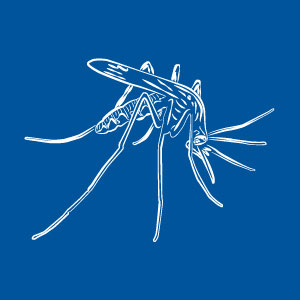
This component addresses objective one, three and four of the project proposal through a study titled: Assessment of Seroprevalence of Rift Valley Fever in Humans and Livestock and its Socioeconomic Impacts in Baringo County, Kenya”.
Overall objective:
The overall objective of this component is to assess the sero-prevalence of Rift Valley fever in humans and livestock and its socioeconomic impact in Baringo county, Kenya.
Specific objectives:
This includes the following specific objectives:
- To determine the sero-prevalence of Rift Valley fever in humans during the inter-epidemic period in Baringo County.
- To determine the sero-prevalence of Rift Valley fever in animals during the inter-epidemic period in Baringo County.
- To assess the knowledge, attitudes and practices towards Rift Valley fever in Baringo County.
Methods:
The study uses a cross-sectional approach in the collection of both qualitative and quantitative data to establish local populations’ knowledge, attitude and practices (KAP) in relation to RVF by use of key informant interviews and FGDs among selected respondents.
Serum samples are being collected from livestock in the study area and humans presenting with febrile illness in selected health facilities for RVF antibody (IgM/IgG) analysis using the RVF competitive multi-species ELISA kits. The samples will be analysed for viral activity during the inter-epidemic period.
Expected outputs:
The expected outputs of the virology component are that the following will be known:
- Knowledge, attitudes and practices towards RVF
- Sero-prevalence of RVF in different seasons in humans
- Sero-prevalence of RVF in different seasons in animals




